P-310 Dry Dock 1 Super Flood Basin
Kittery, Maine
BEST PROJECT and PROJECT OF THE YEAR FINALIST
Submitted By: Cianbro Corp.
Owner: NAVFAC
Lead Design Firm: Stantec
General Contractor: Cianbro Corp.
Subcontractors: Contract Drilling and Blasting LLC; Donjon Marine Co.; TIC The Industrial Co.; HL Patten Construction Co.; Maine Track Maintenance Inc.; Keller North America Inc.
On June 21, 2021, a barge carrying a new docking entrance for the super flood basin at the Portsmouth Naval Shipyard left contractor Cianbro Corp.’s Ricker’s Wharf location in Portland, Maine, marking completion of one of the most unique structures the company has ever built. Over roughly 18 months, the 5,338-ton concrete structure was built by Cianbro crews on the barge.
“Everybody said we were crazy to build this structure on a barge, but one of the things that we said from Day 1 is that we know we can do this,” says Brendan Scully, Cianbro project manager.
The docking entrance is a portion of an overall modernization project that aims to create a navigation lock system to reduce tide dependency for submarine movements in and out of the shipyard’s Dry Dock 1 in Kittery, Maine.
Per the original contract documents, the engineer of record, Stantec, and project owner, the Naval Facilities Engineering Systems Command (NAVFAC), envisioned the structure being cast on land in a dry setting. The completed structure would then be launched and floated into place via waterway and towed behind a barge. The Cianbro team recognized that site conditions presented challenges to constructing the entrance per contract details. The team engaged a third-party engineer to assist with the proposed design.
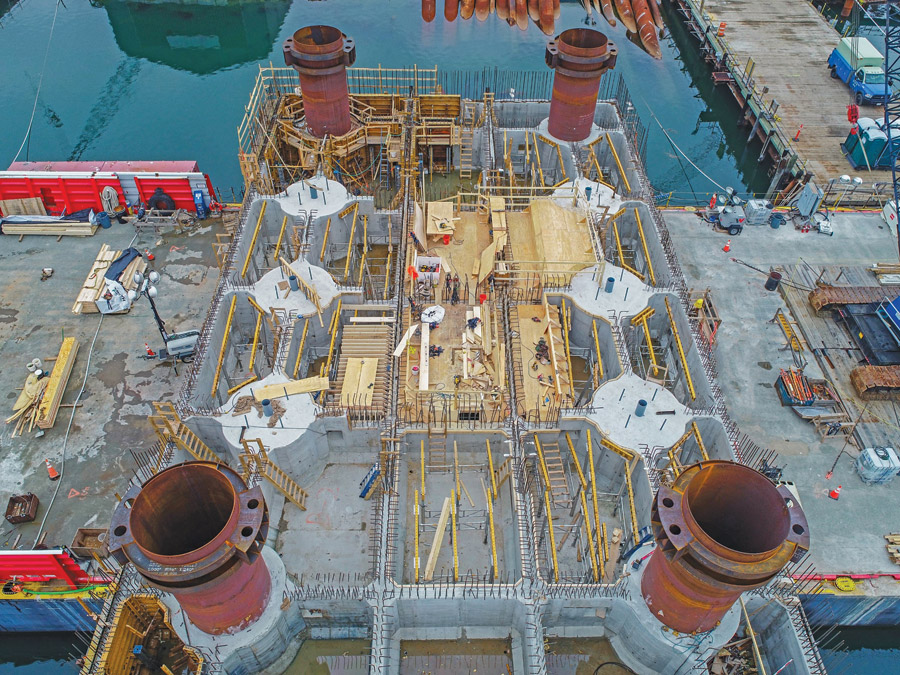
Photo courtesy of Cianbro
Cianbro’s plan called for casting the structure on the Ricker’s Wharf barge. Due to the project scale, the structure’s sides would hang off the edges of the barge and over the water. The team used almost 2,700 cu yd of self-consolidating concrete—the most Cianbro had ever undertaken on one project. At peak, about 60 project team members worked on site, including trade partners, subcontractors and staff.
Although the project was the first of its kind, the team incorporated knowledge from previous job sites to institute best practices.
“It’s not every day you see something of this magnitude or this importance built on a barge, let alone overhanging the barge, and then picked up using strand jacks,” Scully says. “Every team member embodied that can-do spirit.”
Although massive in scale, the team reduced the weight of the structure’s base by building it with 30 void spaces between an upper and lower slab. As a result, the area from the base of the caisson seat to the top of the structure was a hollow structure with tapered walls.
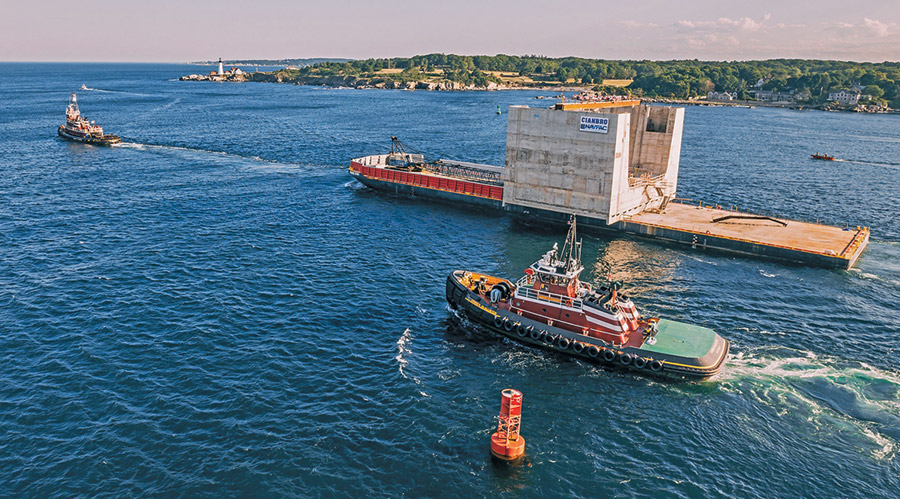
Photo courtesy of Cianbro
The strategy enabled the team to successfully transport the entrance on the Fore River and put it in place at the shipyard, where it arrived on June 22, 2021.
Once the structure was set in place with strand jacks, the team filled the 5,000 cu yd of void space of the entrance structure—which had an extensive amount of rebar already installed—with marine concrete batched on site. The project completed on time and on budget in May 2022.
The 3.5-acre super flood basin was built in front of an existing dry dock that artificially raises the water level in the river. Initially constructed for World War II-era submarines, the floor of Dry Dock 1 is too shallow for current operational requirements. Currently, the shipyard provides artificial ballast and is tidally restricted to only a handful of days per month for docking and undocking evolutions at Dry Dock 1.
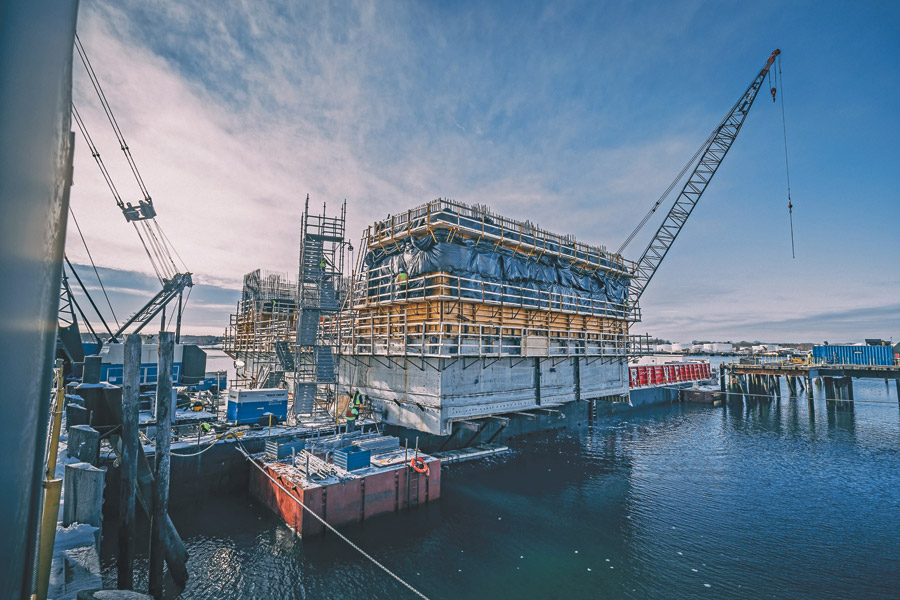
Cianbro Corp. built a new docking entrance for a large basin at the Portsmouth, N.H., Naval Shipyard on a barge at the firm’s wharf location in Portland, Maine. Construction of the 5,338-ton concrete structure took about 18 months.
Photo courtesy of Cianbro
In April 2022, the USS Cheyenne successfully docked into Dry Dock 1 without buoyancy assistant tanks for the first time ever. The Super Flood Basin is critical to the U.S. Navy’s shipyard infrastructure optimization program—a once-in-a-century effort to modernize the service’s four public shipyards. Upgrading and building new dry docks is critical to ensure that the shipyards can maintain the most up-to-date submarines and aircraft carriers.
The program “will modernize the four shipyards and provide needed facilities and efficiencies for generations to come,” says Jeff Cunningham, shipyard public affairs officer. “By modernizing the infrastructure and industrial plants, the program works to ensure the shipyards are able to deliver submarines and aircraft carriers out of availabilities on time to support our national security.”
In August 2021, the federal government awarded 381 Constructors a $1.731-billion contract to complete construction of the multimission extension project for Dry Dock No. 381, also known as the P-381 project. The firm is a joint venture of The Industrial Co., a Kiewit Corp. subsidiary, Cianbro and The Middlesex Corp. The new contract is a continuance of Cianbro’s P-310 Super Flood Basin project.
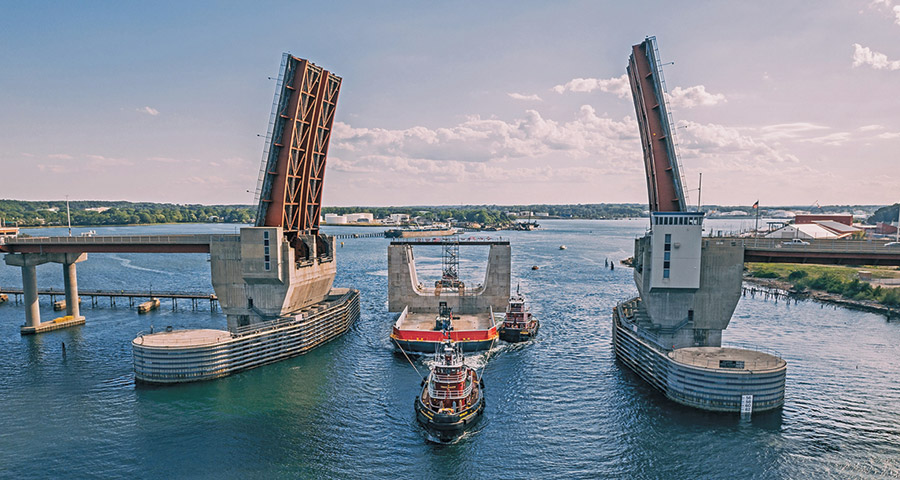
While massive in scale, the structure’s weight was reduced by building it with 30 void spaces between an upper and lower slab. The strategy enabled the team to more easily transport the docking entrance on the Fore River.
Photo courtesy of Cianbro
The new contract calls for a partitioned addition to Dry Dock No. 1 within the Super Flood Basin area. It will consist of two bays, Dry Dock No. 1 North and Dry Dock No. 1 West. The existing Dry Dock No. 310 will be renamed Dry Dock No. 1 East.
The two new dry docks will be of sufficient size and depth to support maintenance and overhaul of Virginia-class submarines. The seven-year project will include 4,000-ton concrete monoliths that will be constructed at Cianbro’s module facility located in Brewer, Maine.
In addition, the basin will have extensive foundation work consisting of drilled shafts, secant/tangent pile walls, micropiles, jet grouting, sheet pile cofferdams, rock removal and mass concrete.


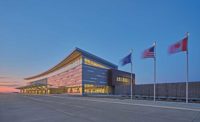

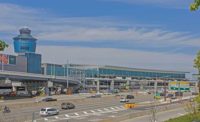
Post a comment to this article
Report Abusive Comment